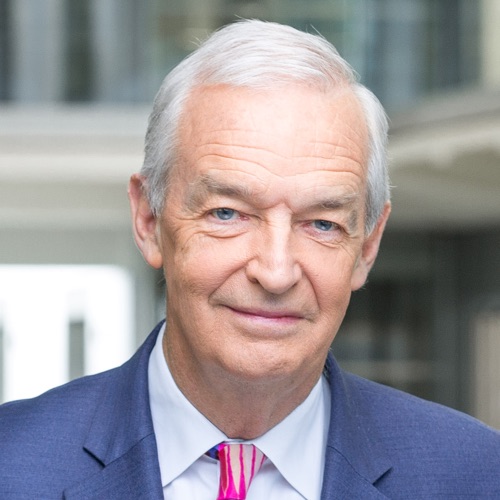The agony of Sri Lanka's carapace of peace
Six years after the Sri Lankan civil war – @jonsnowc4 visits the site of some of its worst horrors. https://t.co/xUGpRSwJIU
— Channel 4 News (@Channel4News) January 26, 2016
Our return to Sri Lanka’s killing fields has managed to coincide with two major developments – the first is the President’s announcement that there will be no “international component” in any “investigation” of the civil war, or the alleged war crimes committed therein, which seem to be evidenced by the multiple videos sent to this programme in the wake of the war’s aftermath.
The second is that the Prime Minister chose a Hindu Festival in Jaffna last week to state bluntly that if people are missing – and there are still so many thousands of them – then they are dead.
Both statements have caused consternation in the Tamil community and re-opened the old mistrusts.
The change of Government and the arrival of a coalition with a five year remit ordained by the largely Sinhalese Parliament, has firstly seen off the Rajapaksas, even if the President during the end of the civil war does now himself sit as an MP. Secondly it has relaxed the atmosphere in the Tamil North noticeably – people in the streets, shops abundant with produce, and an air of ease.
But in addition the failure, seven years after the war’s end, to establish any formal or credible investigation into the multiple human rights abuses, and allegations of war crimes, first reported by Channel 4 News, during the war rankles hard with the Tamils. They are also angered by the continued failure to do anything at all about “the disappeared.” This continues to cause widespread grief and upset. We have seen too many tears this week.
The army is everywhere, having seized tens of thousands of acres of land. They have also infiltrated the shops, taking over many businesses. The country’s second most important fishing harbour Myliddy, is in the hands of the military. Worse still are the forty houses standing in the fishing village, after the war, that have now been deliberately bulldozed. The inhabitants languish in camps in Jaffna unable to fish. The camp is revolting. Each toilet is used by ten to fifteen families. In central Jaffna alone, at least some 1,700 people are still here in the very camps David Cameron visited two years ago. None of the demands he made then have been acted upon, including the ‘necessity’ for an international element in any war crimes investigation.
The scene at the killing fields, where some were used as human shields by the Tamil Tigers but an even greater number were massacred by the military, having been told it was a safe zone, is unutterably distressing. Nothing has been done to clear the shell craters that still contain rotting saris, shirts, pants and more. Worse, the beach is strewn with single shoes, particularly little children’s shoes.
Tonight on Channel 4 News we shall be telling a story of a degree of return to normality. But defeat of the Tigers has not been marked by action on any of this issues which the Chief Minister in the North warns if unresolved will lead to renewed violence.
Nothing so describes the arrogance of power in the South as the vast and brutal war memorials celebrating the defeat of the Tamil Tigers… boasting of the army’s heroism and patriotism in defeating what they call the “Terrorists”.
Unresolved human rights abuses are matched by continued military occupation – some 120,000 soldiers across the country, a force bigger than the entire British army, in a country with a population of some 20 million people.
